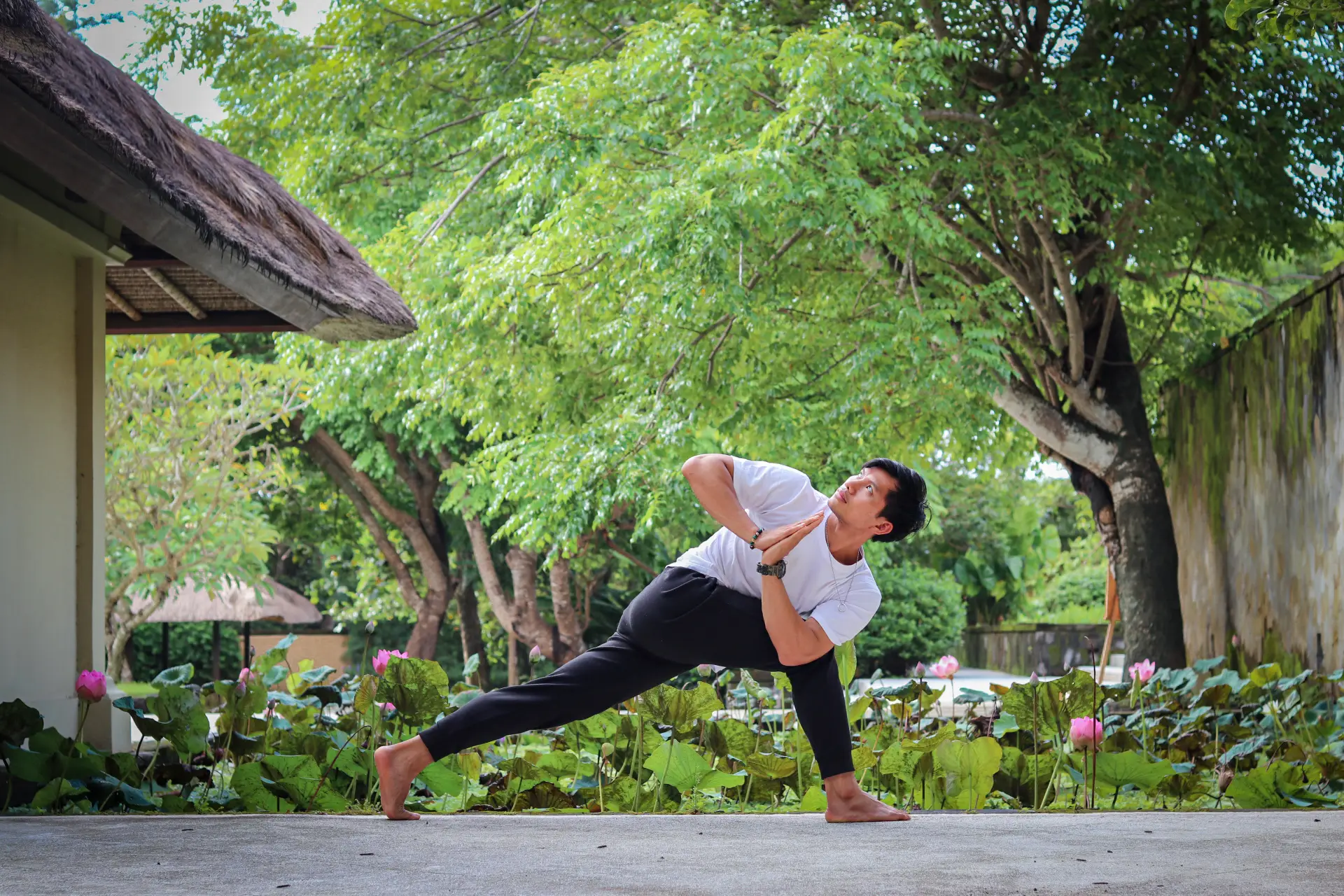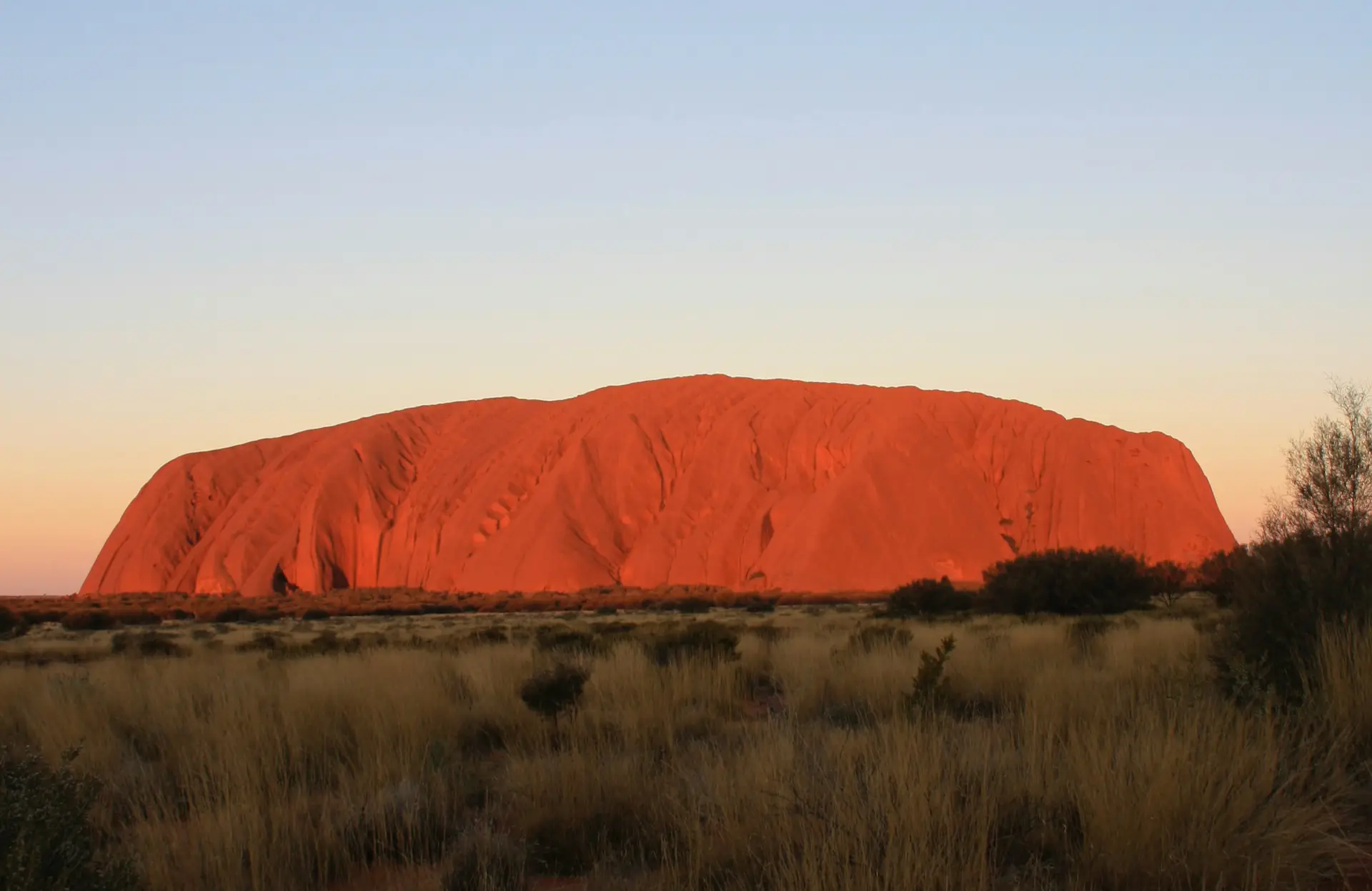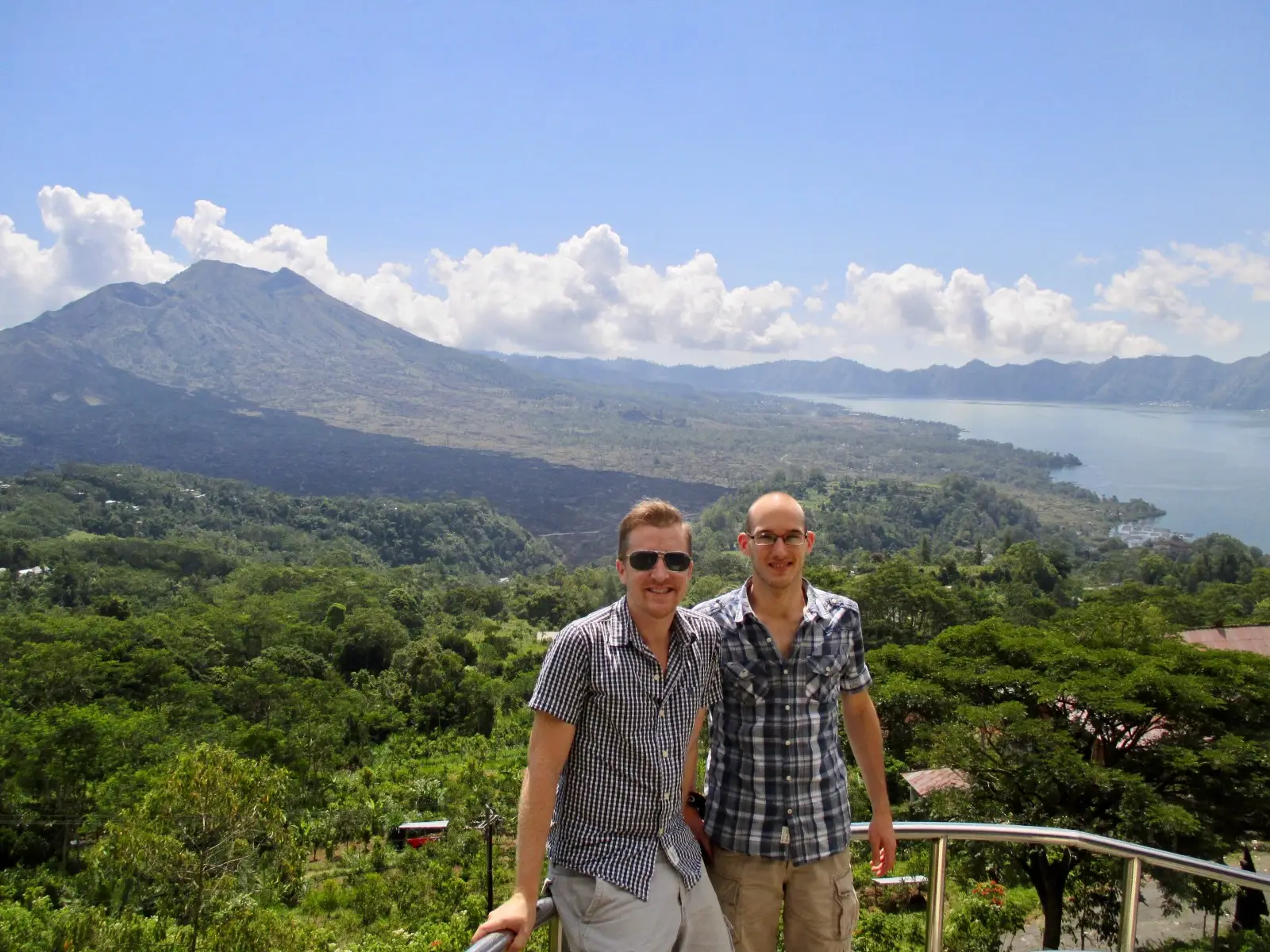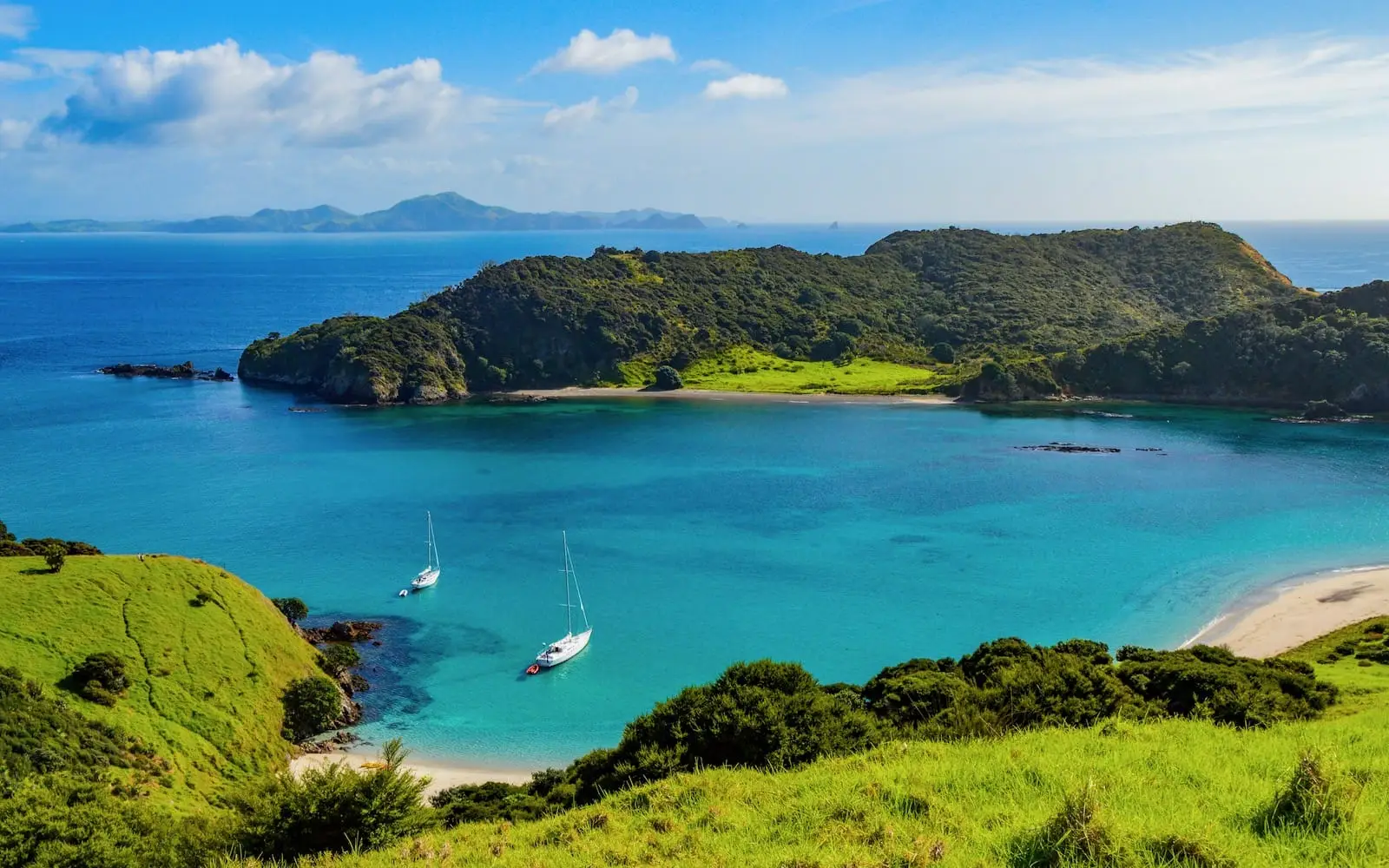Australian Indigenous culture, encompassing Aboriginal and Torres Strait Islander peoples, is one of the oldest living cultures on Earth, with a history that spans over 65,000 years. Central to this culture is a profound connection to the land, spirituality, and community. Wellness in Australian Indigenous culture is deeply rooted in this connection, embodying a holistic approach to health that integrates physical, mental, and spiritual well-being.
Traditional Practices and Beliefs:
- Connection to Country: The land, or “Country,” is considered a living entity with which Indigenous Australians have a reciprocal relationship. This connection to Country is fundamental to their health and well-being. Country provides not only physical sustenance but also spiritual nourishment and a sense of identity and belonging. Healing practices often involve returning to the land, engaging in traditional rituals, and participating in ceremonies that honour the land and ancestors.
- Bush Medicine: Indigenous Australians possess extensive knowledge of native plants and their medicinal properties, passed down through generations. Bush medicine involves the use of these plants to treat various ailments. For example, tea tree oil, derived from the leaves of the Melaleuca tree, is used for its antiseptic properties; eucalyptus leaves are used to relieve respiratory issues; and Kakadu plum, rich in vitamin C, is used to boost immunity. Traditional healers, known as “Ngangkari” in some communities, play a vital role in administering bush medicine and other healing practices.
- Healing Ceremonies: Ceremonial practices are integral to Indigenous healing. These ceremonies, which may involve song, dance, storytelling, and art, serve to restore balance and harmony within the individual and community. They often take place on sacred sites and are conducted by elders and traditional healers. Healing ceremonies are used to address physical illnesses, emotional distress, and spiritual imbalances.
- Dreamtime Stories: Dreamtime, or the Dreaming, refers to the ancestral time when the world was created. Dreamtime stories convey important cultural and spiritual knowledge, including lessons about health and well-being. These stories often contain guidelines for living harmoniously with the environment and each other. They emphasize the interconnectedness of all life and the importance of maintaining balance and respect.
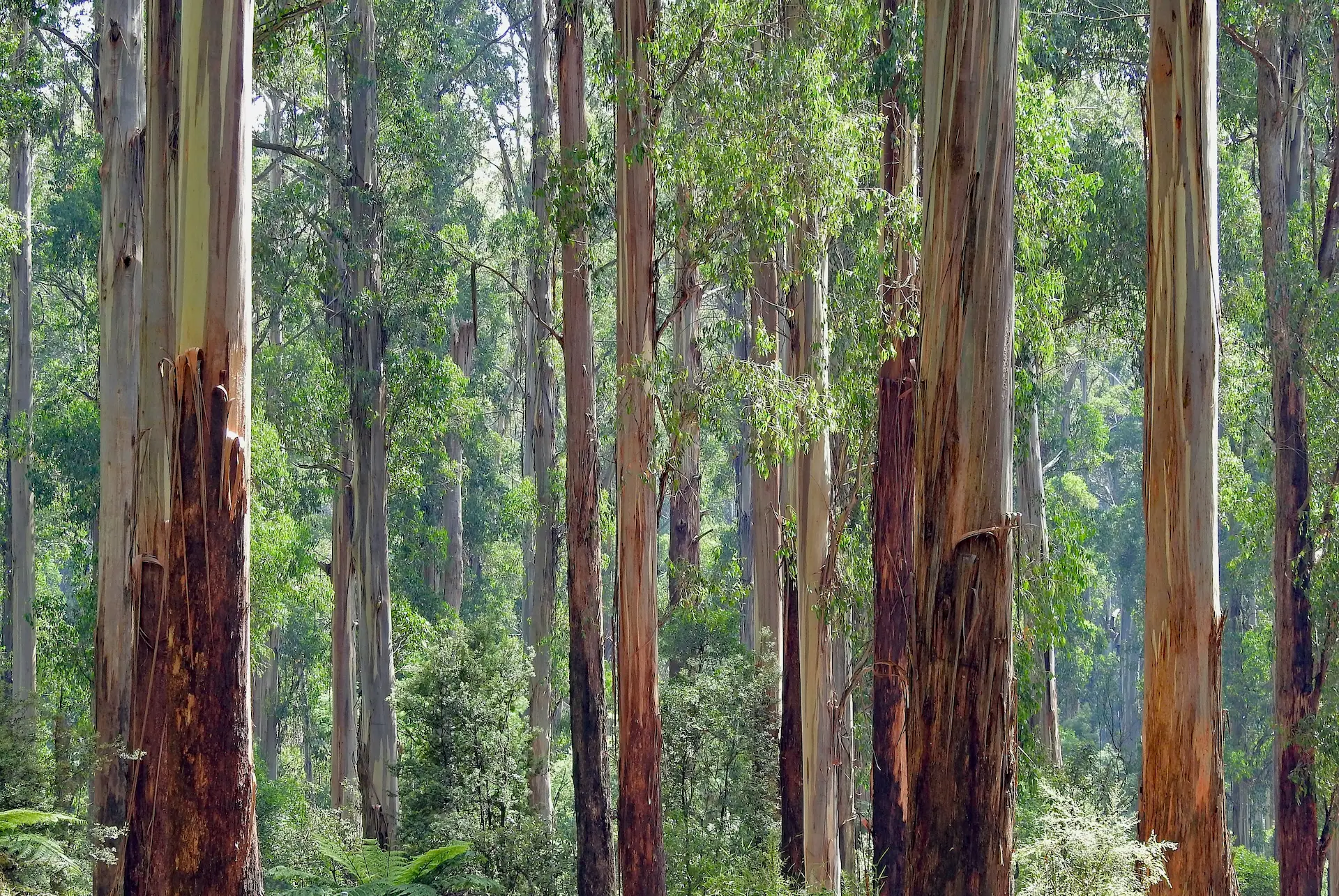
Eucalyptus is one of the most well-known plants in Australian flora with over 700 species native to Australia. It plays a significant role in bush medicine among Indigenous Australians. It has long been used for its medicinal properties, particularly for treating respiratory conditions, wounds, and infections. Photo by David Clode on Unsplash, mountain ash forest in Melbourne, South Eastern, Australia.
Traditional Healing Practices:
- Ngangkari Healing: Ngangkari, or traditional healers, are highly respected figures within Indigenous communities. They possess deep knowledge of spiritual and physical healing practices, including the use of bush medicine, spiritual healing, and hands-on techniques to remove negative energies and restore health. Ngangkari often perform smoking ceremonies, where specific plants are burned to cleanse and purify individuals and spaces.
- Traditional Birthing Practices: Indigenous birthing practices emphasise the importance of the mother’s connection to Country and her community. Birthing sites are often chosen for their spiritual significance, and rituals are performed to ensure the well-being of both mother and child. Elders and experienced women provide support and guidance throughout the pregnancy and birthing process.
- Art and Healing: Art is an integral part of Indigenous culture and is often used as a form of healing. Painting, weaving, and other artistic expressions are ways to connect with ancestors, tell stories, and process emotions. Creating art can be a therapeutic practice that promotes mental and emotional well-being.
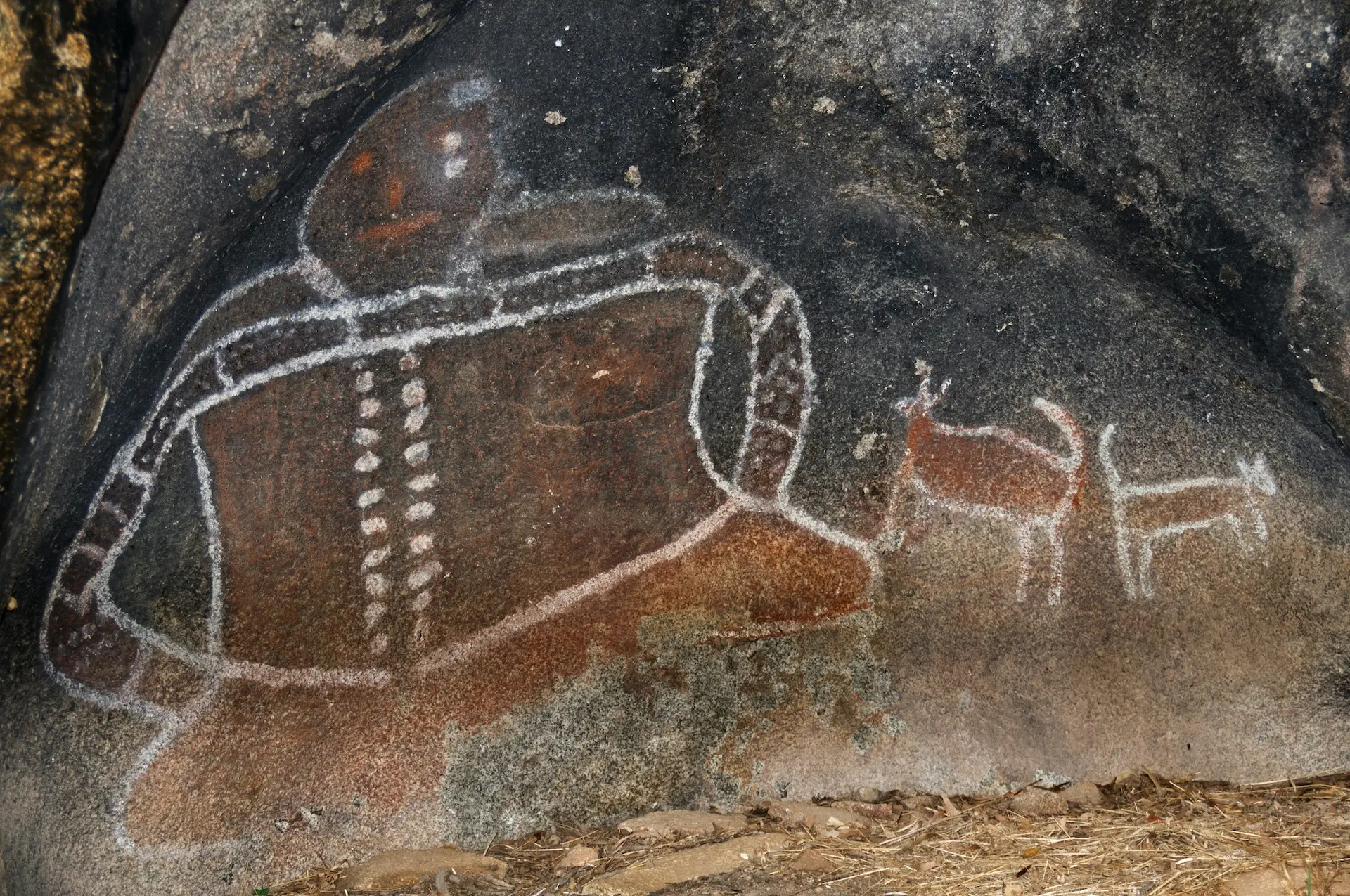
Aboriginal cave painting inside Bunjils Cave in the Grampians. Photo by René Riegal on Unsplash
Australian Indigenous culture offers a holistic approach to wellness that emphasises the interconnectedness of the land, spirituality, and community. This idea of interconnectedness is something that deeply resonates with us, but is overlooked by many.
Traditional practices, such as bush medicine, healing ceremonies, and Dreamtime stories, provide valuable insights into maintaining balance and harmony. By honouring and learning from these ancient traditions, we can enrich our understanding of holistic health and support the wellness of Indigenous Australians.
Please Note: The wellness practices and traditional healing techniques discussed in this article are based on ancient cultural traditions. They are intended for informational purposes only and should not be considered a substitute for professional medical advice, diagnosis, or treatment. Always consult with a qualified healthcare provider before starting any new health regimen or if you have any concerns regarding a medical condition. The effectiveness of these traditional practices may vary from person to person. The information provided does not endorse or guarantee the efficacy of any particular treatment.
Hero photo by Callum Parker on Unsplash


